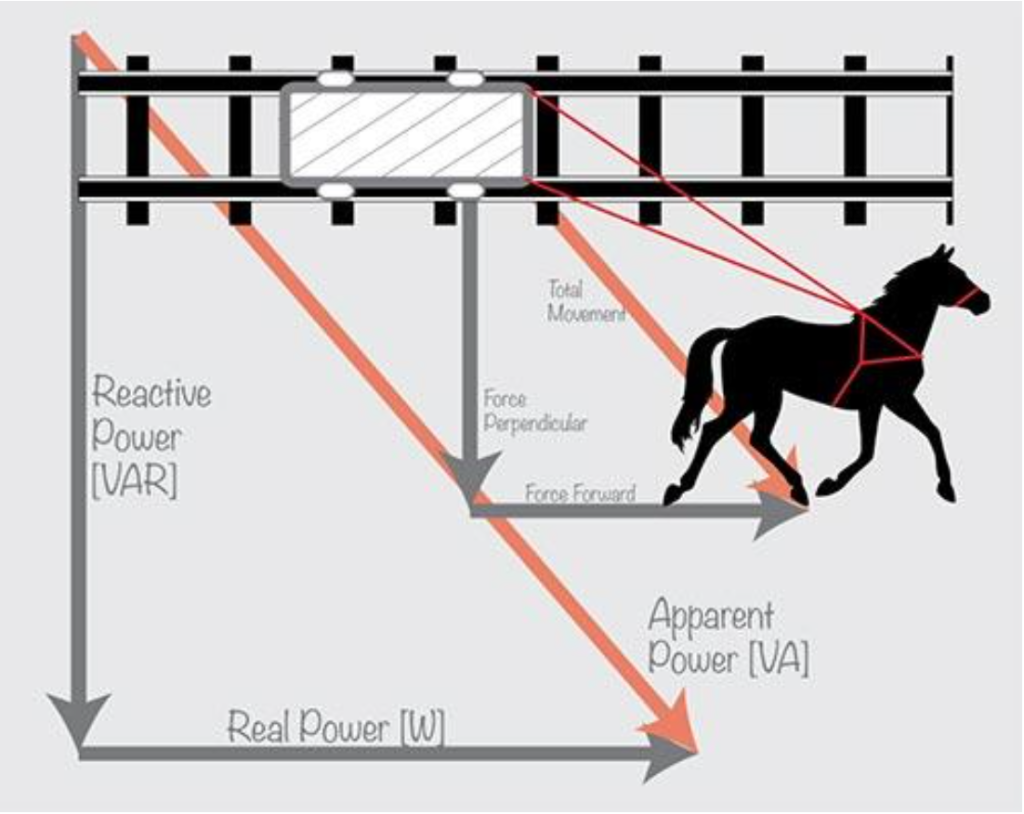Understanding power factor is a crucial concept in electrical engineering, defining the efficiency of AC circuits. This article delves into the intricacies of power factor, its significance, and practical implications.
What is Power Factor?
Power factor, denoted by the ratio of real power (kW) to apparent power (kVA), serves as a measure of efficiency in AC circuits. Ranging from 0 to 1, a power factor of 1 signifies optimal efficiency, where real power matches apparent power.
The Dynamics of Power:
Analogous to a horse pulling a cart, power factor illustrates how effectively power is utilized. When the horse pulls the cart askew, representing reactive power (kVAr), inefficiencies arise. Reactive power deviates the horse’s effort from its intended direction, akin to inductive components in AC circuits.
The Horse-and-Cart Analogy:
Visualizing power dynamics, consider a horse pulling a cart. If the horse cannot pull directly ahead, some effort is wasted. Only the component of force in the direction of movement contributes to work done. This analogy elucidates how reactive power detracts from the effective work done by the system.
Impacts of Inductive Components:
Inductive components such as capacitors, motors, and compressors disrupt the ideal alignment between power and load in AC circuits. They impede the “horse” (real power) from moving directly ahead, exacerbating the difference between real and apparent power, thereby lowering the power factor.
Maximizing Efficiency:
To enhance power factor and optimize efficiency:
- Employ power factor correction techniques like capacitor banks to offset reactive power.
- Regularly monitor and analyze power factor to identify inefficiencies and implement corrective measures.
- Optimize system design and component selection to minimize reactive power generation.
- Educate personnel on power factor management to promote energy-efficient practices.
Conclusion:
Power factor encapsulates the efficiency of AC circuits, with a high power factor signifying optimal utilization of electricity. Understanding the dynamics of real, reactive, and apparent power is crucial for enhancing efficiency and reducing energy costs in electrical systems.
By elucidating the concept of power factor and its practical implications, this article equips readers with the knowledge to optimize electrical systems and promote sustainable energy practices in various applications.
















